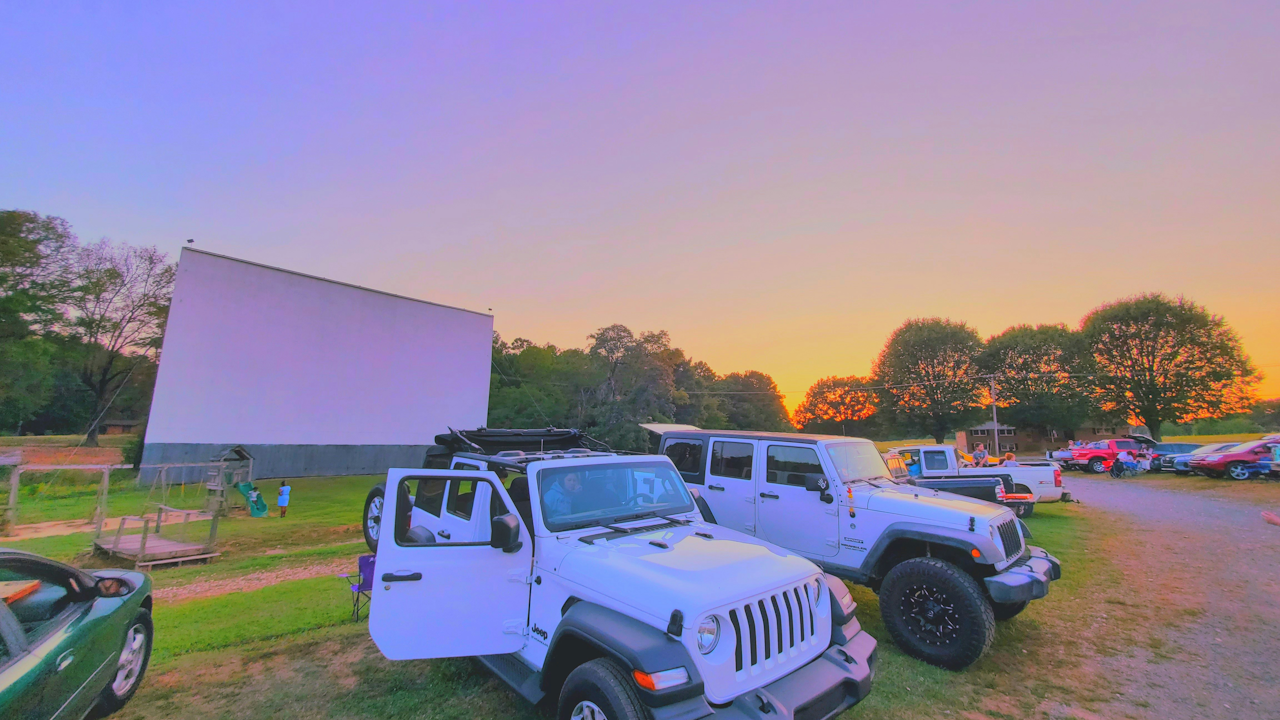Drive-in theaters, a quintessential symbol of mid-20th century American culture, evoke a powerful sense of nostalgia. The image of families and couples gathered in their cars under a star-filled sky, watching a movie projected onto a massive screen, is deeply embedded in our collective memory. However, the survival and recent resurgence of drive-ins suggest they offer more than just a trip down memory lane. This begs the question: are drive-in theaters a relic of the past sustained by nostalgia, or do they offer a practical, enduring alternative to modern cinemas?
The golden age of the drive-in spanned the 1950s and 1960s. At their peak, over 4,000 drive-in theaters dotted the American landscape. They provided an appealing form of entertainment that capitalized on the booming car culture of the era. For families with young children, the drive-in was a godsend. Parents could enjoy a movie without worrying about their children making noise or becoming restless in a dark, enclosed space. Kids could even fall asleep in the back seat. Teenagers found the drive-in to be the perfect spot for a date, offering a unique blend of public entertainment and private intimacy. The drive-in was more than just a place to watch a movie; it was a social hub, a community gathering place, and a symbol of freedom and youthful exuberance.
However, the rise of multiplex cinemas in the 1970s and 1980s, along with the advent of home video technology like VCRs and later DVDs, led to a dramatic decline in the number of drive-ins. The high cost of land in many urban and suburban areas made the large plots of land required for a drive-in more valuable for commercial or residential development. By the 1990s, the drive-in seemed destined for extinction, a charming but anachronistic footnote in cinematic history.
Then came the COVID-19 pandemic. As indoor movie theaters were forced to close their doors, drive-ins experienced a remarkable and unexpected renaissance. They offered a safe, socially distanced way to watch a movie outside of the home. This revival demonstrated a clear, practical advantage: the ability to provide entertainment in a way that minimizes close contact between people. The pandemic highlighted the drive-in’s inherent flexibility and its capacity to adapt to changing social needs. This newfound relevance has led many to reevaluate the drive-in’s place in the modern entertainment landscape.
Beyond the specific circumstances of the pandemic, there are several enduring practical benefits to the drive-in model. Cost is a significant factor. Drive-ins often have lower operating costs compared to traditional theaters. They do not require a massive building with multiple screens, sophisticated climate control systems, or extensive maintenance of interior spaces. This can translate to more affordable ticket prices, making movies more accessible to a wider audience. The ability for patrons to bring their own snacks and drinks, a practice strictly forbidden in most indoor theaters, is another major draw and a practical way for families to save money.
The social experience of the drive-in is also fundamentally different and in many ways more appealing than a conventional cinema. It is a shared experience that is also private. You are with your chosen company in the comfort of your own vehicle. This allows for conversation, commentary, and a more relaxed atmosphere. It’s a space where you can laugh loudly without worrying about disturbing others or bring a restless toddler without the stress of an abrupt exit. This blend of public and private spheres is a unique advantage that modern multiplexes simply cannot replicate.
Furthermore, the drive-in experience taps into a growing desire for unique, communal events. In an increasingly digital and isolated world, people are seeking out opportunities for shared, real-world experiences. Modern drive-ins have capitalized on this trend by offering more than just movies. They host double features, throwback movie nights, live music events, and even flea markets. Some have incorporated modern technology like digital projectors and FM radio sound transmission, enhancing the viewing and listening experience while maintaining the classic feel.
So, are drive-ins driven by nostalgia or practicality? The answer is likely both. Nostalgia is undoubtedly a powerful force that draws people to the drive-in. It represents a simpler time, a feeling of community, and a shared cultural history. However, the drive-in’s survival and recent resurgence are not solely dependent on this sentimental appeal. Its practicality, its unique social model, and its ability to adapt to modern needs are what have secured its place in the 21st century. The drive-in is not a museum piece; it is a living, breathing form of entertainment that has proven its resilience and relevance. It offers a compelling alternative to the traditional cinema experience, one that is more flexible, often more affordable, and provides a unique blend of community and privacy. The drive-in’s future looks bright, not just because we remember the past, but because it continues to offer a valuable and enjoyable way to experience the magic of the movies today.

